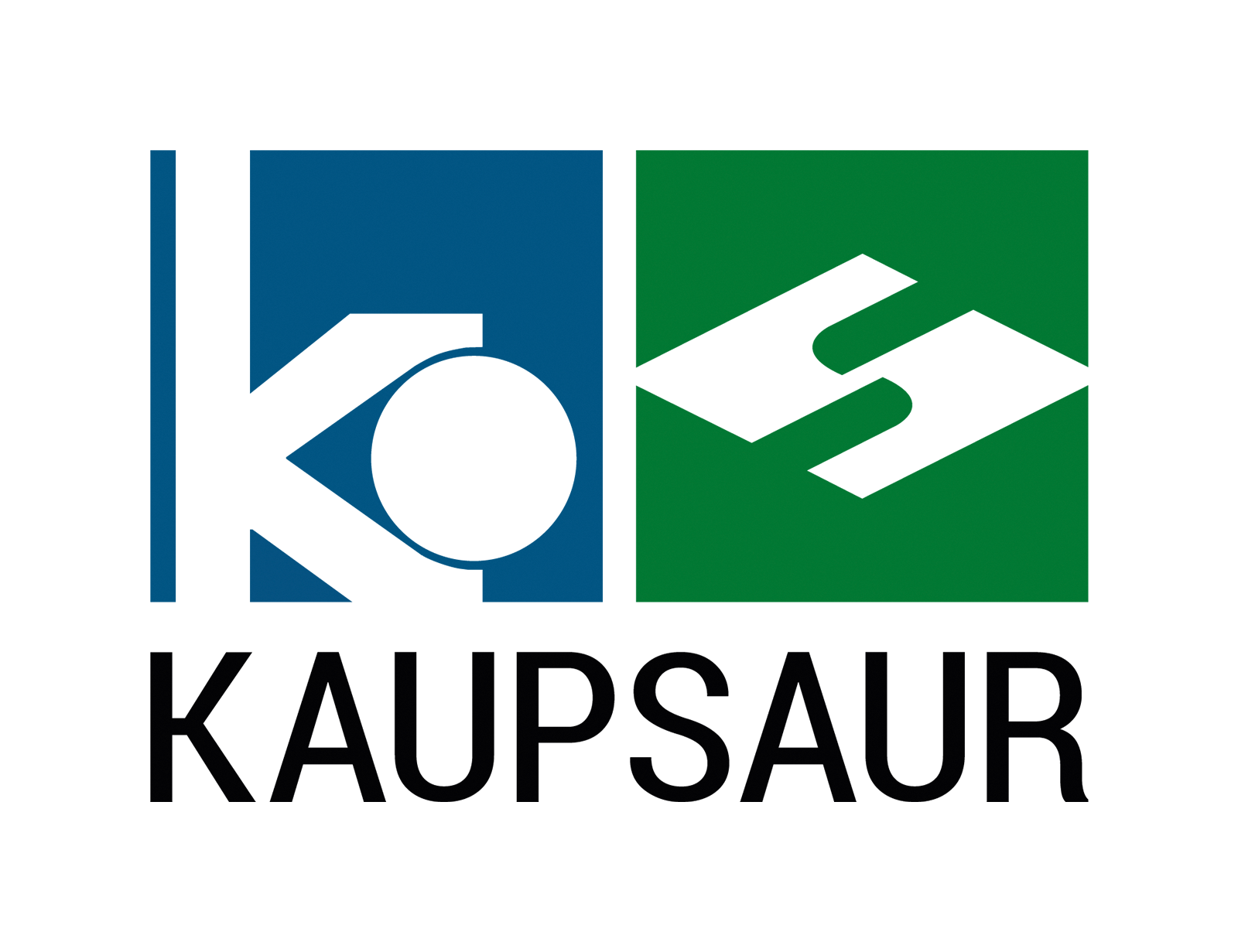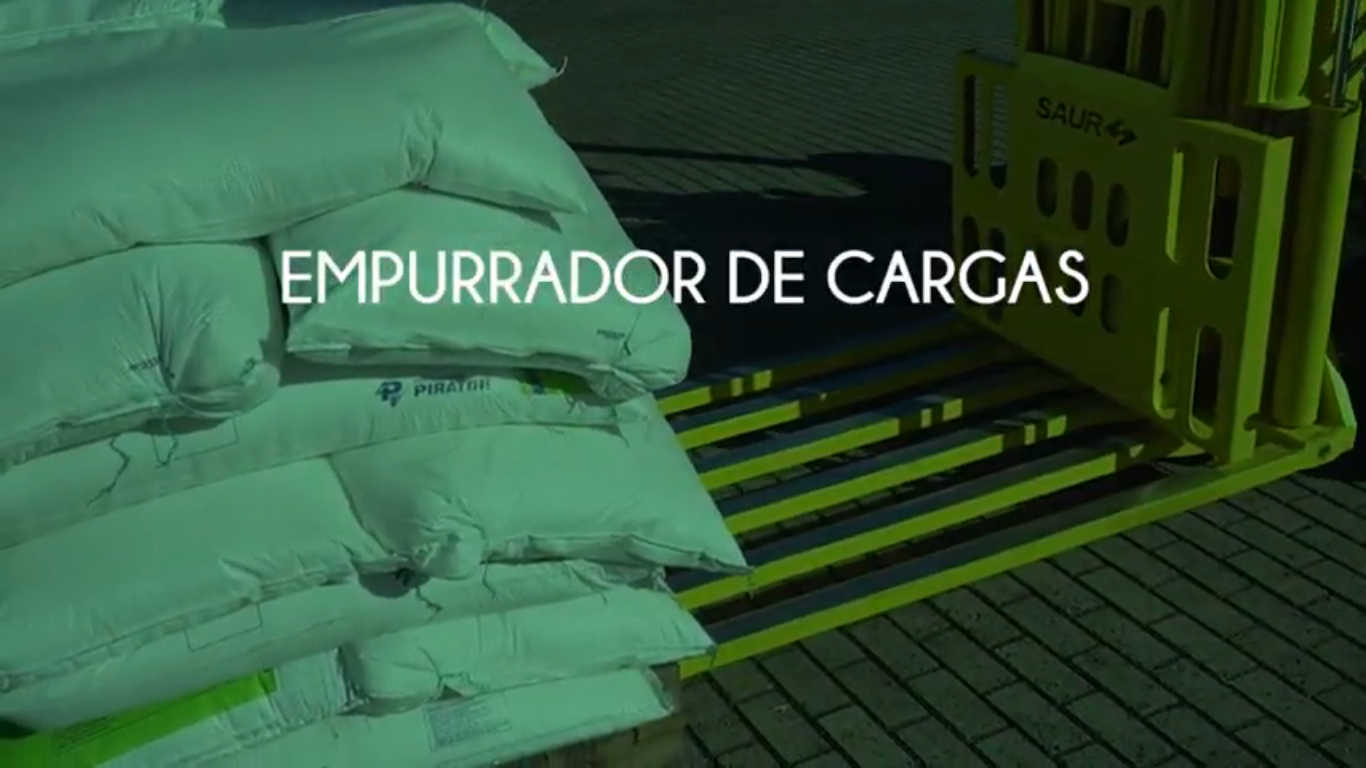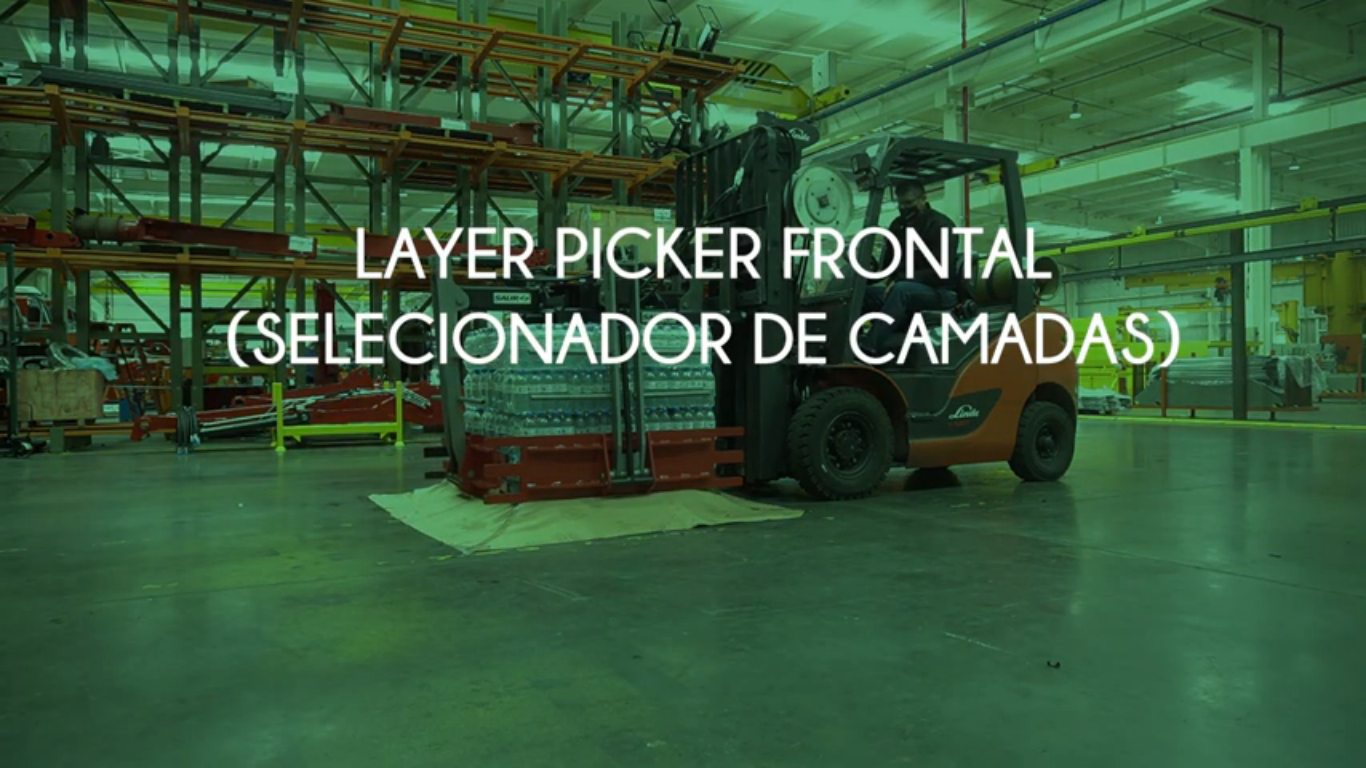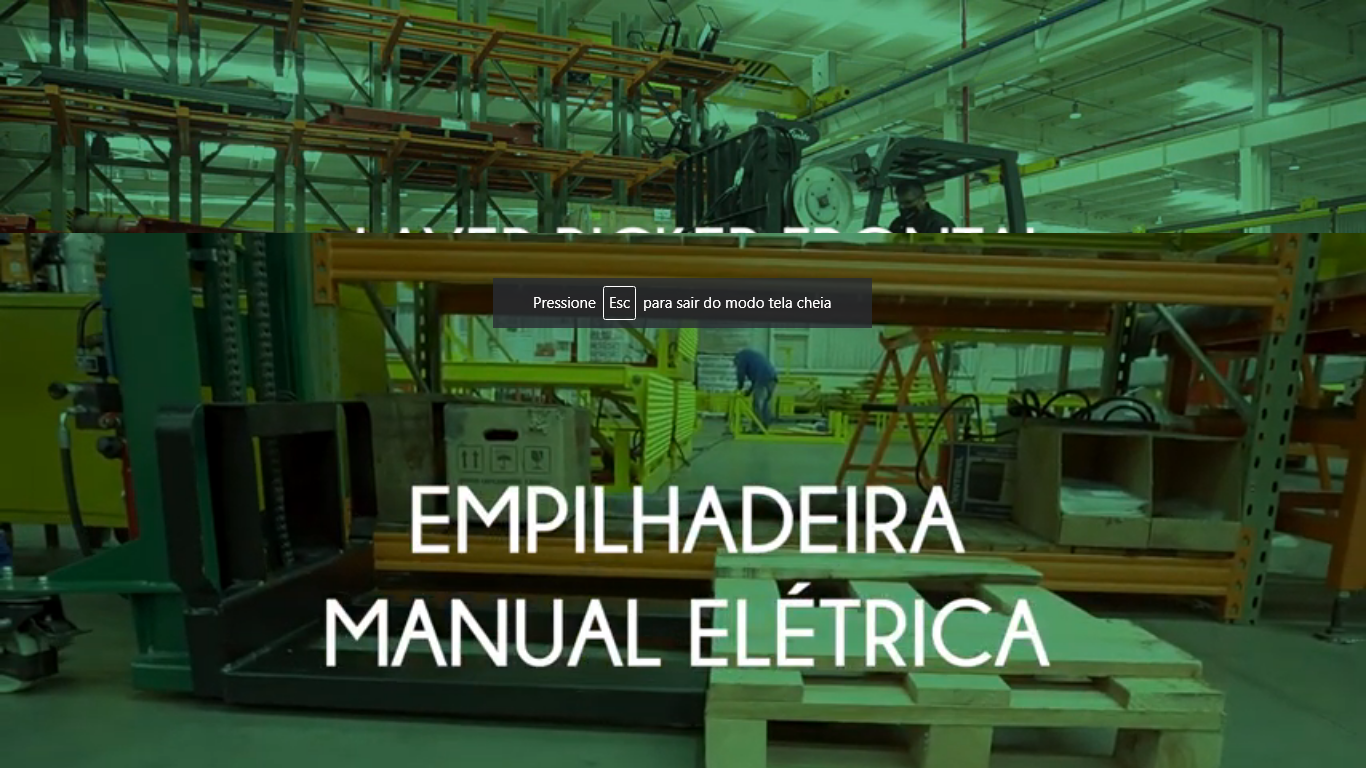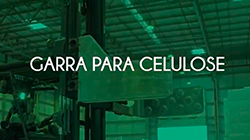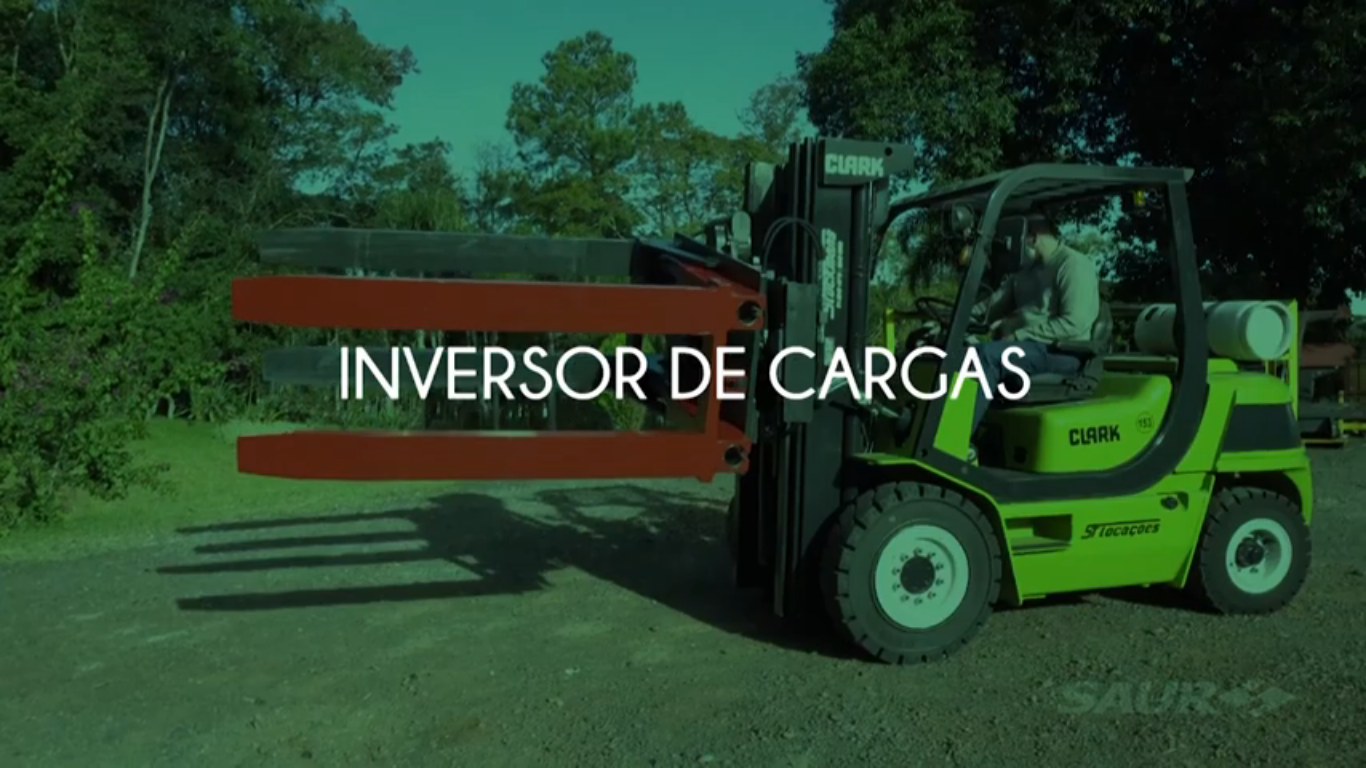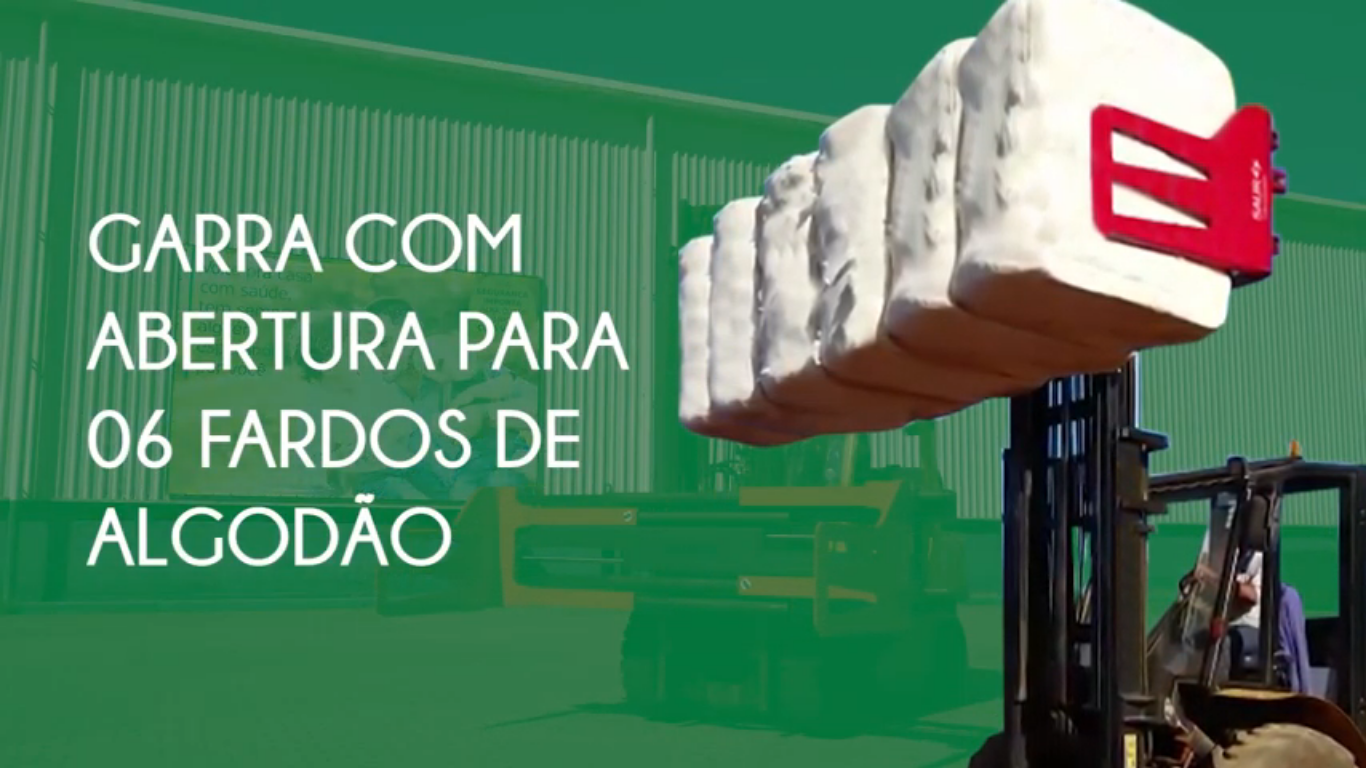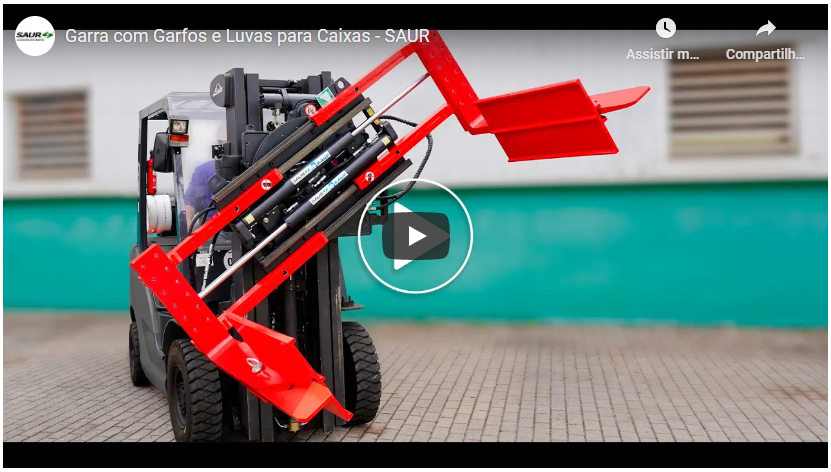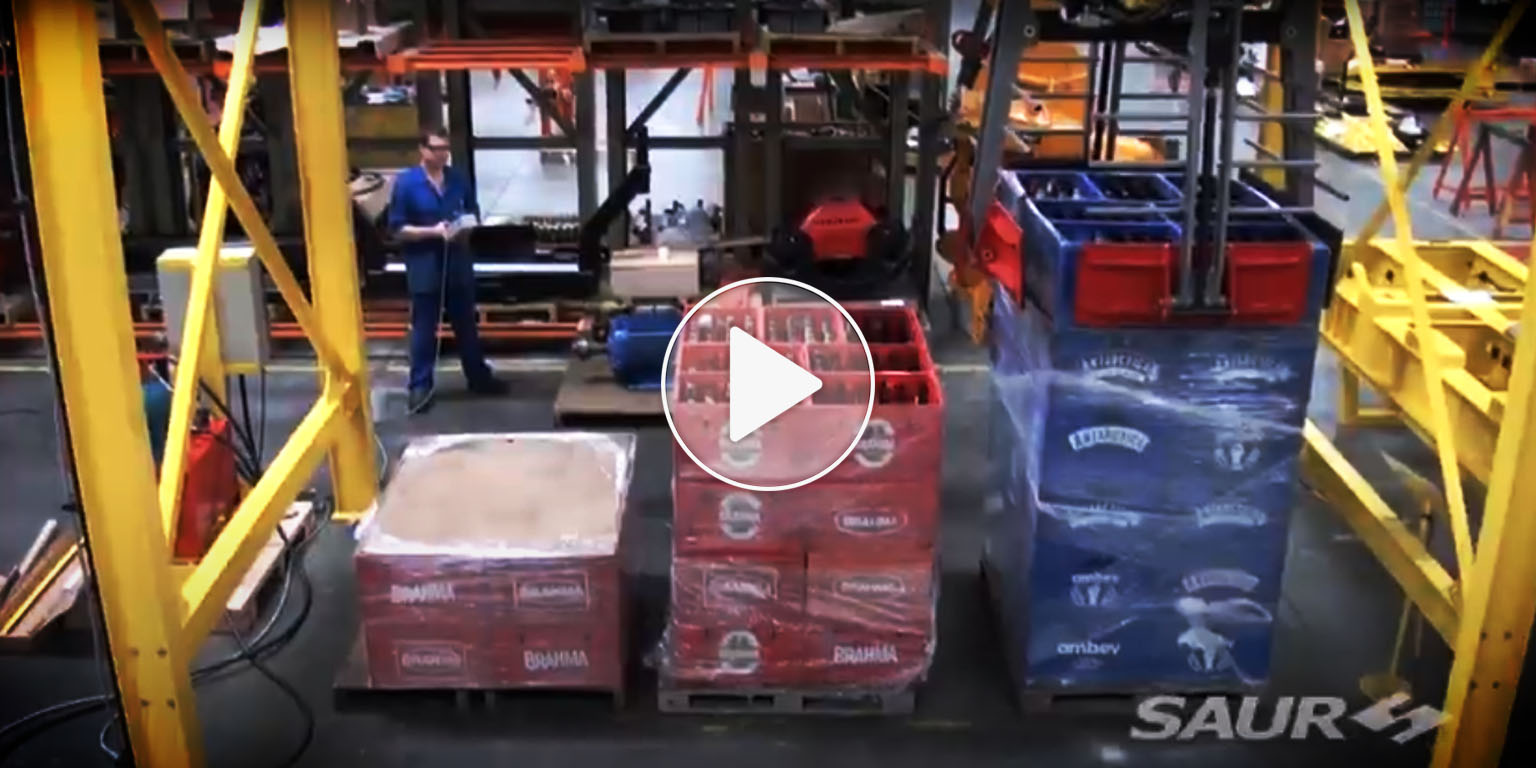Understand how it is possible to mechanize the internal logistics process of a meat-processing industry and meet the legal requirements of the sector
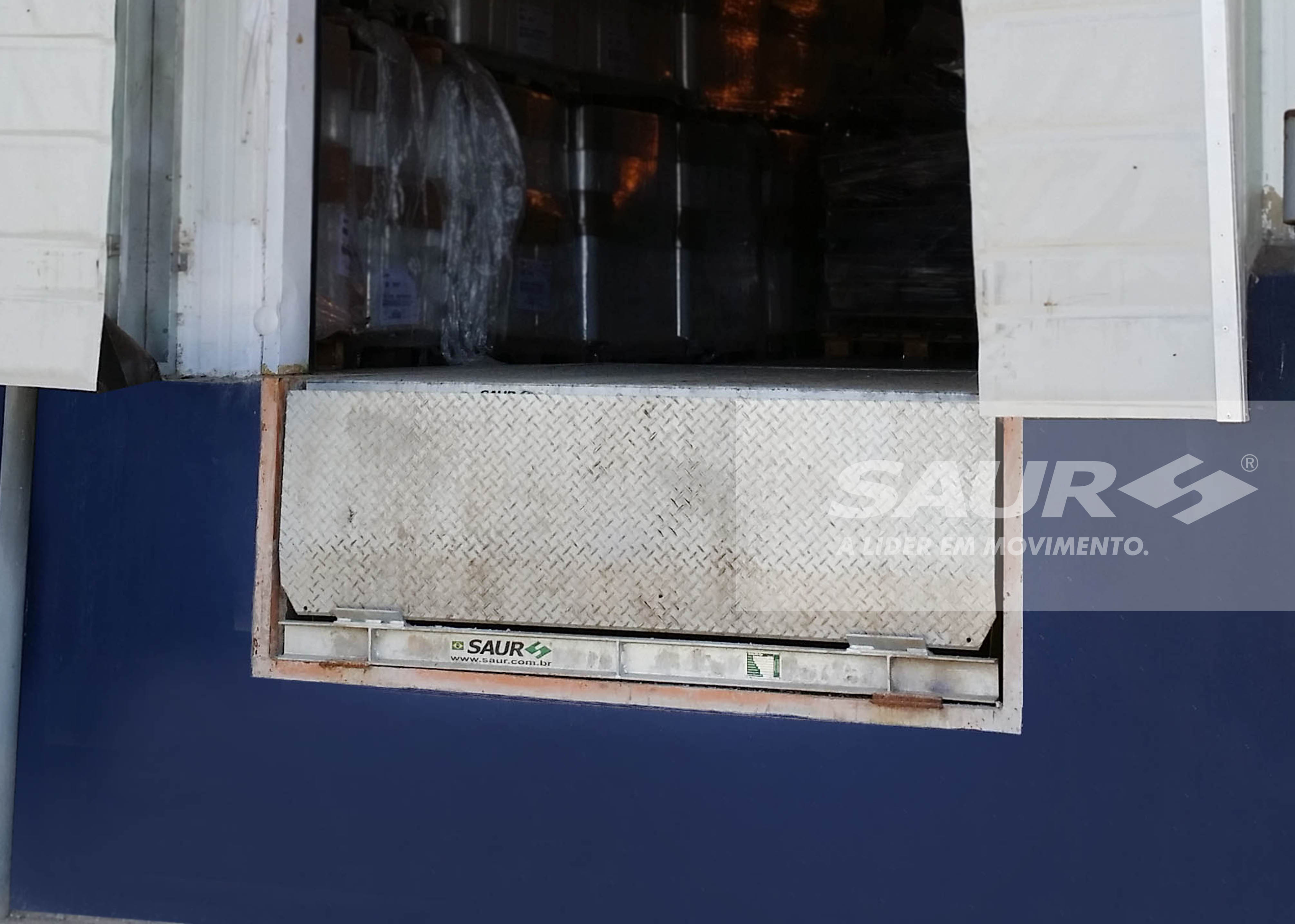
The logistics in the meat-processing industry is full of challenges and companies in this field, they are constantly updated to adapt and face the obstacles of the logistics cycle of this business. Complying with the strict standards established by ANVISA (National Health Surveillance Agency), BPF (Good Manufacturing Practices), MT (Ministry of Labor), MAPA/SDA (Livestock Defense Secretary) and SIF (Federal Inspection Service), in addition to the legal requirements of the international market, which may vary according to each country and culture, requires an increased commitment to care for the worker from production to the storage and transportation of perishable cargo such as frozen products, meat, chicken and fish.
In addition to complying with all laws, it is known that there are good practices and technologies from companies that specialized in this segment to contribute to the success of this business. The topic to be addressed next, consists of the possibilities of mechanizing the internal operation of meat-processing companies and how this mechanization contributes to complying labor standards as well as to the ergonomics and productivity of logistics operations.
1.1.1 How is it possible to mechanize the internal operation for handling refrigerated cargo?
Except for the particularities, the internal logistics process of a meat-processing company follows standard steps ranging from the receipt of the raw material to the shipment of the final product. The production process starts with the receipt of the raw material, whether it is live for slaughter, frozen or refrigerated. In this step, where the cargo inspection takes place, it is possible to receive the loads on pallets through the Galvanized Dock Levelers. This equipment compensates the unevenness between the truck and the dock, allowing access for industrial vehicles to unload. The galvanized finish provides greater durability in this wet and aggressive environment.
After weighing and inspection, the raw material is received and sent to the preparation or storage areas. The internal transport is done by electric or manual forklifts and, depending on the volume of the load, it is possible to move the pallets with the Pallet Truck, a type of industrial trolley also known as pallet jack, which allows the easy handling of pallets.
In the process of separating the raw material, the Manual Stacker or the Highlifter can be applied for the load to be lifted to the ergonomically recommended height for the operator, so that he or she can manually separate the load. Depending on the infrastructure of the meat-processing unit and the weight of the loads, it is possible to use the Extra Low Lifting Platform, which also allows the handling of loads in an ergonomic position for the operator, in addition to being fully compliant with the applicable regulations NR10 and NR12.
In the raw material preparation stage after cooling, the meat (livestock, poultry or fish) goes through crushers (block breakers), grinders, cookers and mixers. In this process, there is an infrastructure of conveyors, pipes and specific stainless-steel machinery to carry out the necessary treatments.
After performing the filling, canning, thermal, drying and labeling processes, the products can be stored for shipment. In this stocking and shipping process, cargo handling gains productivity and efficiency when forklifts receive devices attached to them.
To improve safety and streamline the operation, there are kits with cameras and sensors with laser technology that are attached to the forklift forks, or to other attachments, making the operation intelligent and safer, by increasing the visibility when the equipment and the load obstruct the operator’s view.
A Forklift with Push Pull, for example, will be more efficient and save money when shipping. This equipment allows for shipping the cargo while retaining the pallets, representing the equivalent of one month of free shipping over a period of one year, in addition to dispensing with fumigation certificates, taking into account those countries that do not accept the wooden pallet. Also, there are ergonomic gains, as the loads do not have to be tapped manually.
Another device that optimizes internal logistics is the Layer Picker. This equipment selects layers of products for the mounting of mixed pallets or for the process of completing the height of the pallet. In this way, it is possible to mount a mixed load pallet, quickly, safely and ergonomically, since the mechanized selection of loads does not require manual practice in shipping. Also, the Layer Picker Frontal is easily attached to the forklift forks, without the use of tools and in a few minutes. This quick coupling system eliminates the need for a dedicated forklift and allows you to easily exchange other attachments coupled to it.
It is noticed that the equipment indicated for the mechanization of operations contributes to the ergonomics of operators and to the safety of cargo handling, both are topics required by current legislation in this sector. In addition to these items, mechanization allows for gains in business productivity and profitability, reflecting the success of the meat-processing unit.
Sources:
https://www.saur.com.br/pt
http://dspace.unipampa.edu.br/bitstream/riu/2839/1/TCC%20HELENA%20BORRALHO%20DE%20BORBA.pdf
